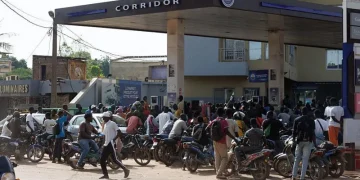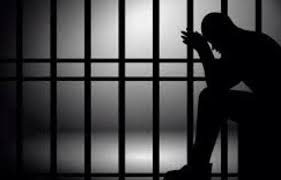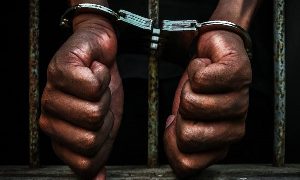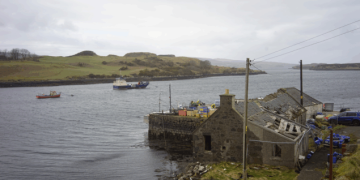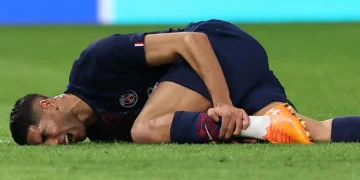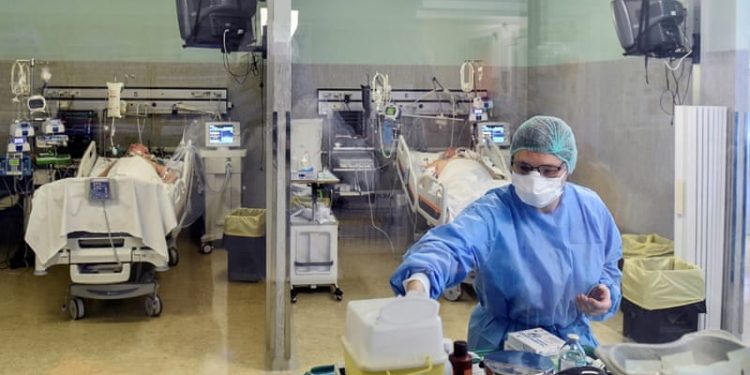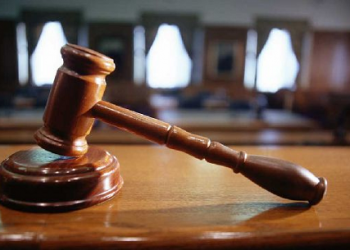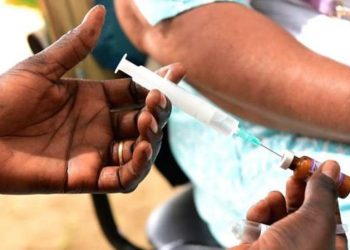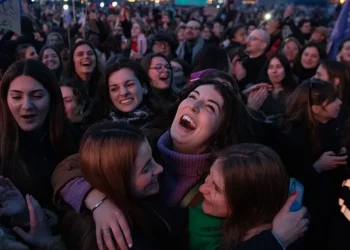Italy has entered a strict three-day lockdown to try to prevent a surge in Covid-19 cases over Easter.
All regions are now in the “red zone” – the highest tier of restrictions – as the country battles a third wave, with about 20,000 new cases a day.
Non-essential movement is banned, but people are allowed to share an Easter meal at home with two other adults.
Churches are also open, but worshippers are being told to attend services within their own regions.
For the second year, Pope Francis will deliver his Easter message to an empty St Peter’s Square.
Following the holiday weekend, different regions will then remain in either “orange zone” or “red zone” restrictions until the end of the month.
Italy’s restrictions come as countries across Europe try to control a surge in cases of the virus, while struggling with a delayed vaccine rollout.
More than 110,328 people in total have died of the coronavirus in Italy, and there have been 3.6 million confirmed infections.
What is the situation in Italy?
Just over a year after Italy became the first western nation to be hit by a coronavirus epidemic. In February 2020 people in many northern areas were told to stay at home and the lockdown was later extended to the rest of the country.
Free movement was restored in June, but Italy is now facing a third wave of Covid-19. On 1 April, it registered 23,634 new cases and 501 deaths.
Under the new lockdown measures, all non-essential shops are closed and cafes and restaurants are running a takeaway-only service.
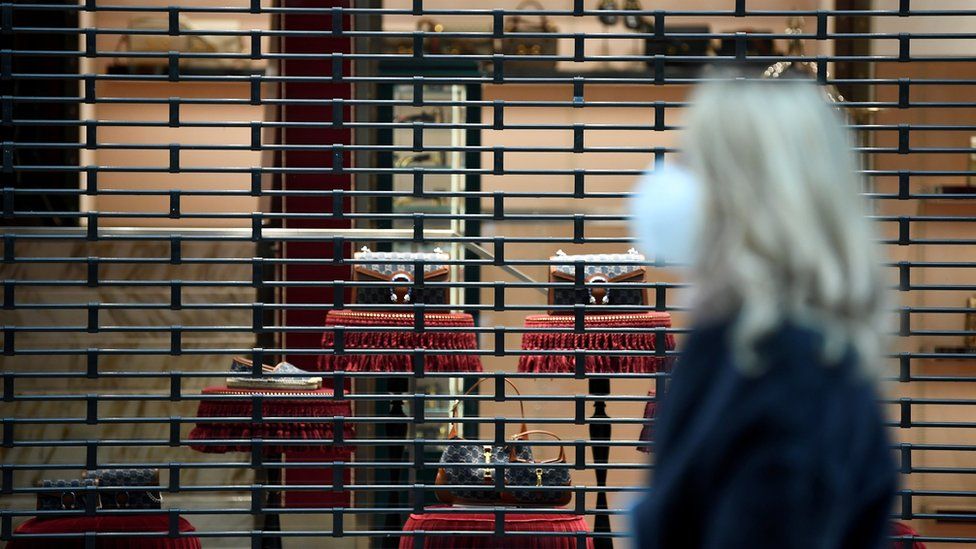
Red zone restrictions normally mean all non-essential travel is banned, but over the Easter weekend an exception is being made to allow people to visit friends and relatives within their regions for a holiday meal.
The Italian government also announced it was placing 70,000 extra police officers on surveillance nationwide, in order to enforce the lockdown rules.
“This is not the time to lower our guard, and to let go of that sense of responsibility shown so far,” Interior Minister Luciana Lamorgese told the newspaper Il Messaggero. “Because the progress recorded by the campaign for vaccines finally gives a glimpse of a different horizon that will allow us to gradually return to normal.”
What about elsewhere in Europe?
On Friday, the World Health Organization (WHO) criticised Europe’s “unacceptably slow” vaccine rollout, and said the situation in the region is now worse than it has been for several months.
“Vaccines present our best way out of this pandemic… However, the rollout of these vaccines is unacceptably slow,” WHO director for Europe Hans Kluge said in a statement.
“We must speed up the process by ramping up manufacturing, reducing barriers to administering vaccines, and using every single vial we have in stock, now.”
In the meantime, as long as vaccine coverage remained low, he said EU countries would have to impose lockdowns and other measures to compensate for the delays.
According to the WHO, only 10% of the nearly 900 million people in the region have had a single dose of coronavirus vaccine.
Earlier this week France, which is currently facing a peak of about 5,000 people in intensive care, announced it was entering a third national lockdown for at least three weeks.
French schools are moving back to remote learning, and all non-essential shops have now closed. People are banned from travelling more than 10km (six miles) from home without good reason.
And last month, German officials announced that the country would be placed in a strict Easter lockdown – only to reverse the decision just days later.
German Chancellor Angela Merkel called the plan for a lockdown from 1 to 5 April a “mistake”, and said she took “ultimate responsibility” for the U-turn.
source: BBC

